Note: This series originally aired on WBOI FM public radio of Northeast Indiana. Thanks to Tom Castaldi for allowing and facilitating its reproduction.
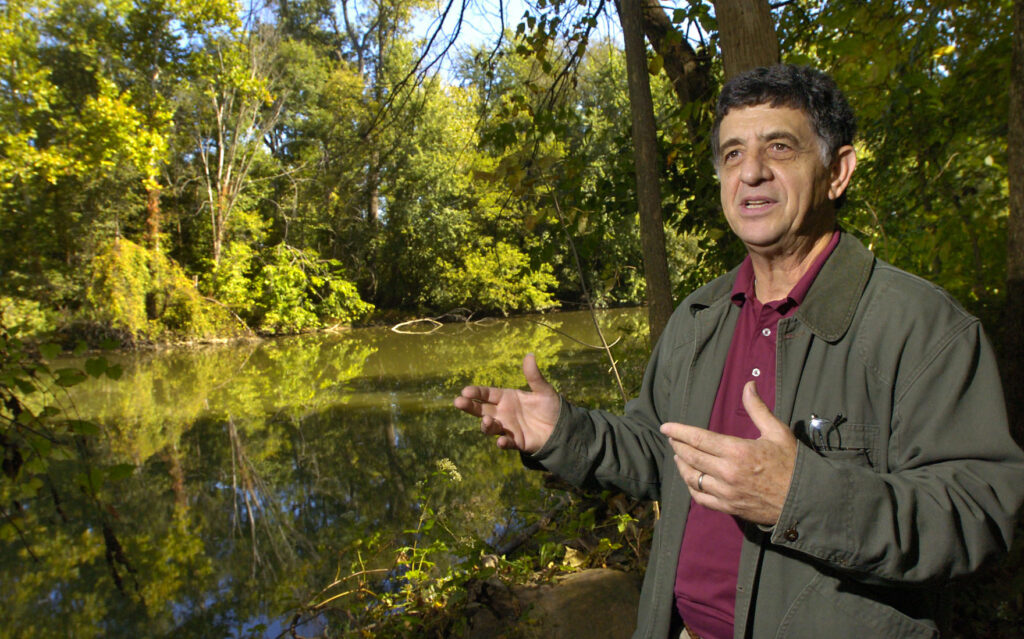
When an airplane approaches an airport, all on board get prepared for a landing before rolling up to the terminal. When a Wabash & Erie Canal boat reached a port, it docked at what was called a landing.
Normally wider than the forty-foot canal channel, the canal here was broad, allowing boats to turn around for the loading and unloading process.

In Fort Wayne, the landing was near Columbia Street, in Huntington it was today’s Washington Street, and in Logansport it was on Fifth Street. In Lafayette, there were about 900 feet of docks and canal frontage between Ferry Street and Union Street, but today that canal segment is buried underneath train tracks.
Stops along the way flourished and became familiar names of towns up and down the Wabash & Erie route. Today, if you take a drive from Fort Wayne to Lafayette on U.S. 24 and Old Indiana State Road 25, the towns seem to be evenly spaced along the way. Some historians believe the spacing is about as far as a canal boat traveled in ten or twelve hours.

When airplanes land, they taxi up to a terminal where passengers oftentimes transfer to other flights to reach their final destination. Perhaps “Terminals” should be called “Landings” just as canal boats arrived and departed at landings.
There was nothing terminal for the canal until the railroads came along and put the Wabash & Erie out of business for good in 1876.
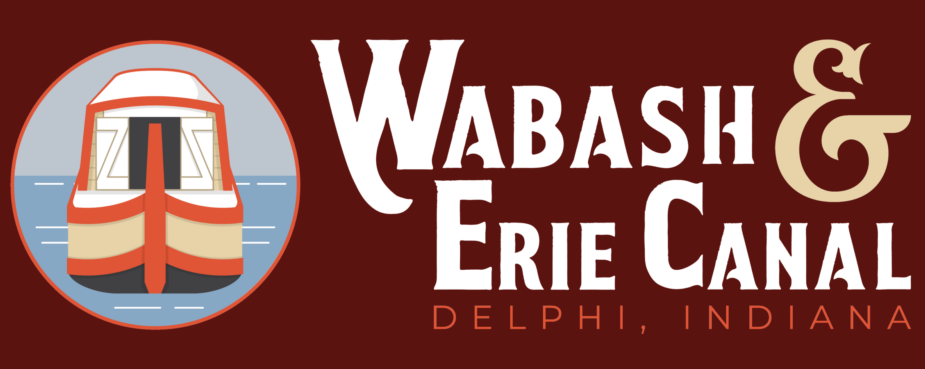
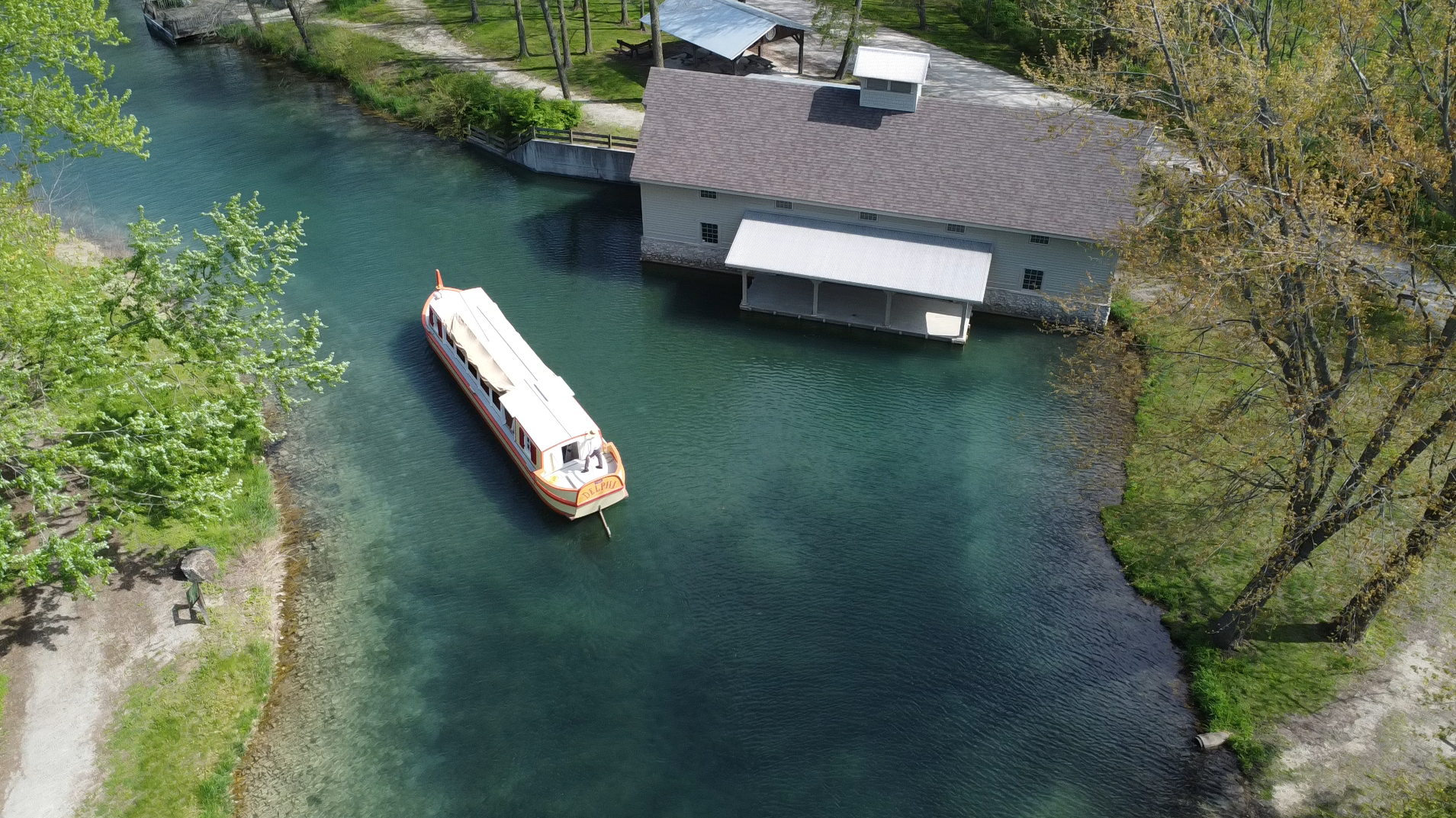
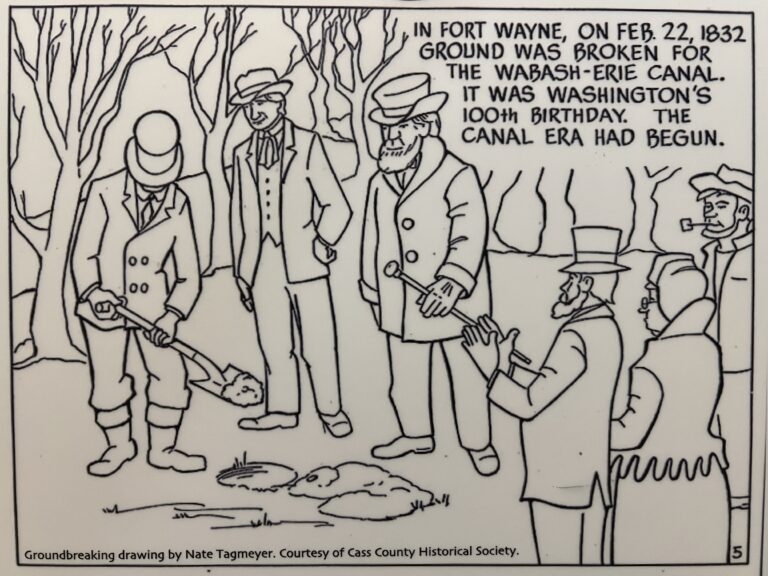
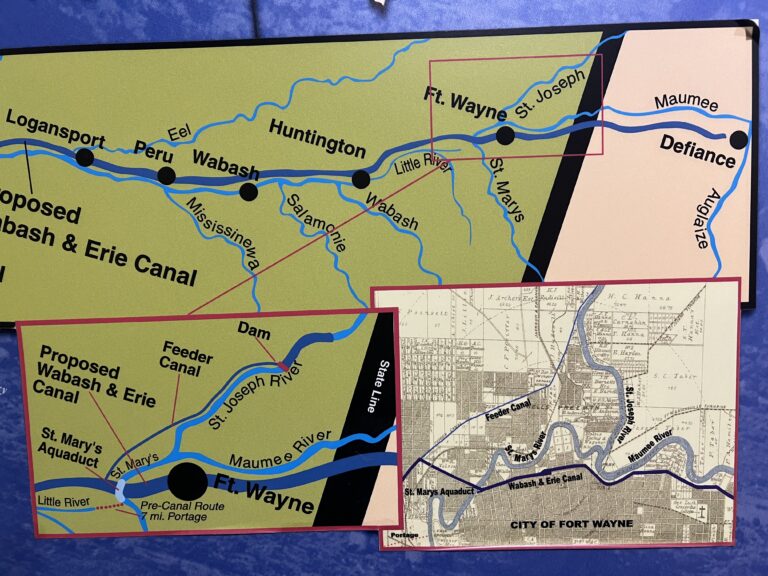
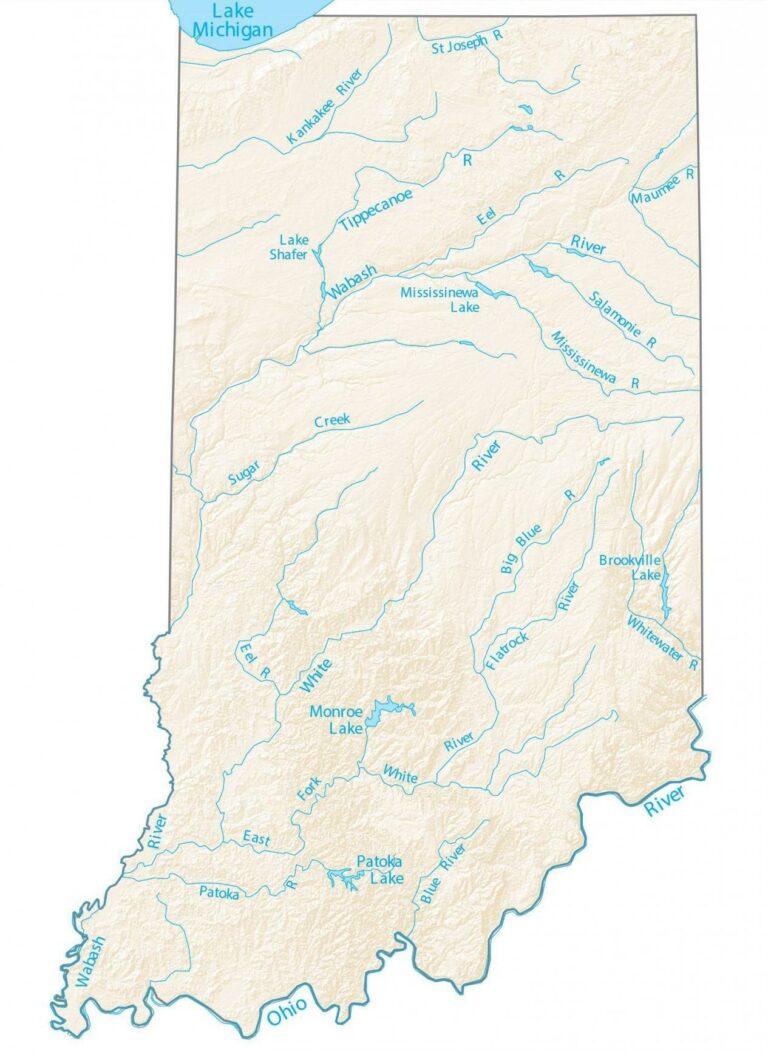
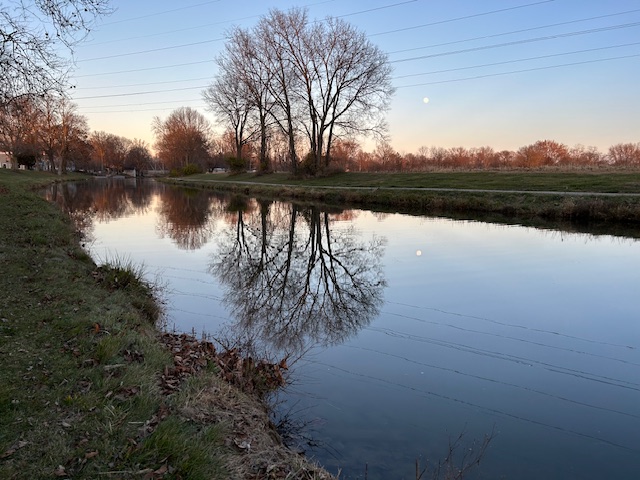
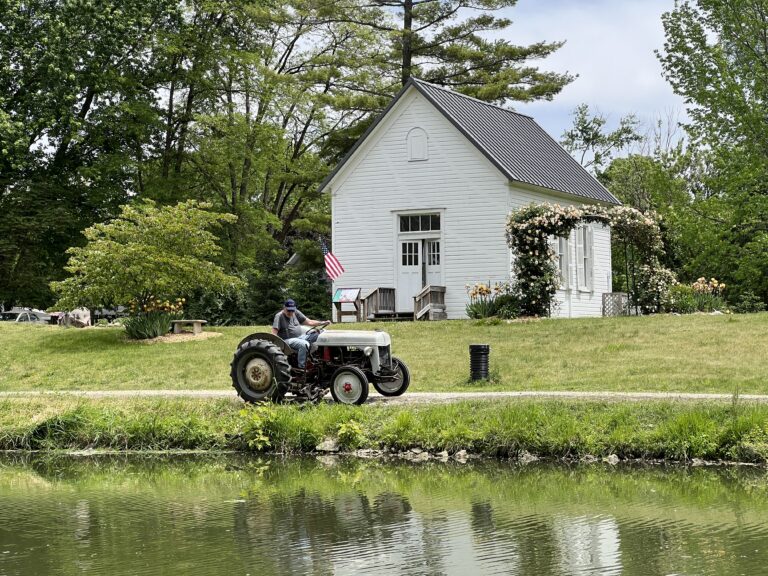
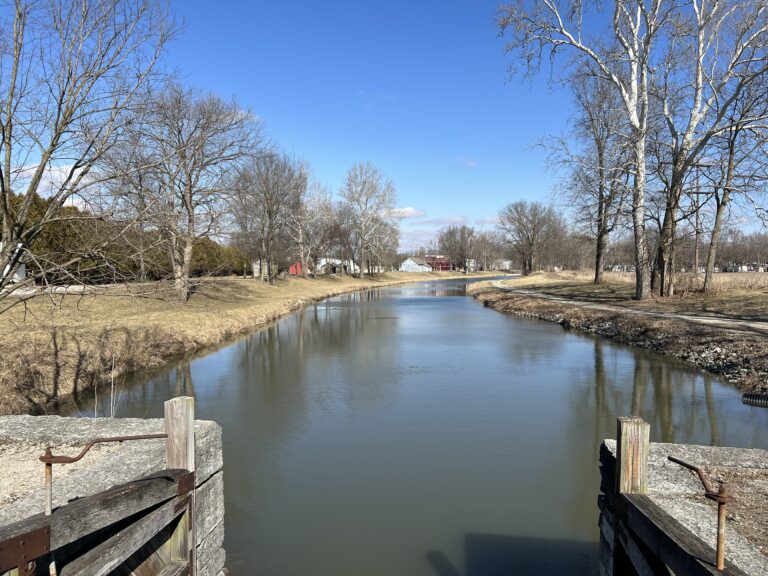
Our old house, in Brook, IN (NW IN) is on land purchased
from the Canal Co. in the late 1800s. Did the company buy up all kinds of land to expand or to secure the route they’d planned? Susie J
Great question, Susie! This often is asked, even for properties like yours that are quite far from the canal itself!
To fund canal construction, the US Government granted lots of land to Indiana. This land had been obtained, often through dubious circumstances and methods, from Native American people in the northern half of the state. The idea was that Indiana could sell this “free” land and use the proceeds to pay for construction costs. Land sales did make a good dent in the costs, but it didn’t cover the full cost by a long shot! This is why many people north of Indianapolis might find that their property is “canal land” even though it isn’t in our immediate region. Thanks for asking!